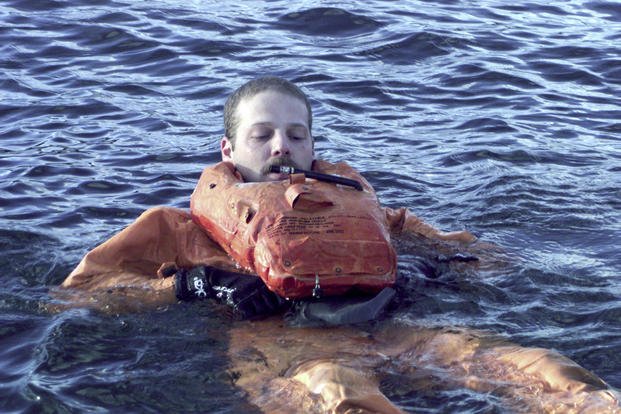Most highly motivated teens who are seeking a career in special ops do not need to be told what they need to do to prepare, because they likely already are doing it. What they sometimes need to hear is what not to do.
I am 17 years old and hope to become a Navy SEAL. I play sports and am fit for being 5 feet 9 and 155 pounds. My weaknesses are swimming and handling the cold. I'm trying to prepare for BUD/S, as any aspiring NSW [Navy Special Warfare] would do, and the only thing my mind goes back to is the cold water in Coronado Bay.
I was wondering if there is any way I can help myself to cope with it, or is it blistering cold, no matter what? I know I can never be fully prepared for what lies ahead, but I am trying my hardest to get an upper hand.
Thanks,
Hopeful Frogman
It is not that cold in Coronado, California, but it does get cold. The water in summer is 70 degrees; most waters get in the 80s and 90s, but not on the West Coast. The coldest it ever gets in the winter is in the upper 50s while other places will freeze or be in the low 30s.
So cold bath water resembles BUD/S (Basic Underwater Demolition/SEAL training) water temperatures best of all, to be honest.
However, I would focus on swimming in a pool to learn the strokes efficiently (as it is safer than open water). But other than cold showers, there is no need to surf-torture yourself for long periods of time in 50-plus-degree water.
You can become hypothermic very fast by sitting in water at that temperature.
At SEAL training, there are time and temperature tables that they use to know how long they can leave you in the water, plus they have medical professionals and highly trained instructors to help you, if needed.
So, do not surf-torture yourself.
Be smart. Work on water confidence, along with muscle and running stamina, more than anything else.
You are right, to a degree; cold is cold, and you will be cold at SEAL training. If you find water in the 60s, then practice swimming with fins in it. Knowing what cold water feels like is not a bad idea, but staying in for long periods of time is a very bad idea if you're an untrained candidate with an unsupervised preparation plan.
Stew Smith is a former Navy SEAL and fitness author certified as a Strength and Conditioning Specialist (CSCS) with the National Strength and Conditioning Association. Visit his Fitness eBook store if you're looking to start a workout program to create a healthy lifestyle. Send your fitness questions to stew@stewsmith.com.
Want to Learn More About Military Life?
Whether you're thinking of joining the military, looking for fitness and basic training tips, or keeping up with military life and benefits, Military.com has you covered. Subscribe to Military.com to have military news, updates and resources delivered directly to your inbox.


















